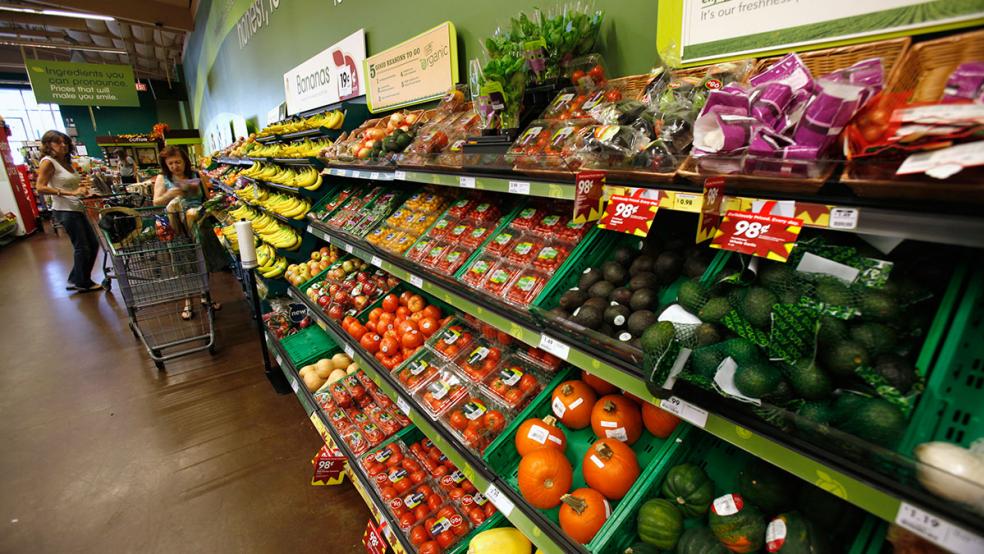Often described as the Federal Reserve’s favorite measure of inflation, the personal consumption expenditures price index cooled off a bit in March, dropping to a 4.2% growth rate on an annual basis, down from the upwardly revised 5.1% rate recorded in February, the Bureau of Economic Analysis announced Friday.
The core PCE index, which leaves out volatile food and energy prices and is seen by some economists as a better predictor of future inflation, edged lower by a tenth of a percentage point to 4.6%.
Economist Alex Pelle of Mizuho Americas told CNN that while inflation appears to be moving in the right direction, upward pressure on prices remains sticky. “[Inflation is] coming down very slowly and from a very high level,” he said. “You get a lot of month-to-month volatility, but when you average it out, what you see is that we’re not getting worse, we’re probably getting a little better but not better fast enough for markets and probably not as quickly as the Fed had anticipated a year ago.”
Complicating the picture, a separate report from the Bureau of Labor Statistics shows that wages and benefits continued to grow at a solid clip, rising 1.2% in the first three months of the year, up a tenth of a percentage point from the previous quarter. On a 12-month basis, the compensation index rose 4.8%, stepping back from December’s 5.1% reading but remaining elevated.
“We knew that inflation was going to be rocky and bumpy,” Megan Greene, chief economist for the Kroll Institute, told The New York Times. “We found peak inflation, but it’s not going to be a smooth path down.”
Taken together, the data suggest that inflation will remain above the Fed’s target level of 2% for some time. “Given Friday’s data, in addition to recent data on jobs and growth, we think that the underlying inflation rate will likely remain in the range of 3% to 3.5% through year’s end,” RSM economist Tuan Nguyen said in a research note. Other analysts say it could stay even higher, at or above 4%.
Changing composition of inflation: While inflation is slowly easing, the underlying cause of pricing pressure has changed. As The New York Times’s Jeanna Smialek and Christine Zhang note, during the early days of the Covid-19 pandemic, the demand for goods, along with restrictions in the supply chain, were the main driving force of inflation. Now, however, the demand for goods has eased and supply chains have at least partly returned to normal. Meanwhile, the rising cost of services has taken as the main source of inflationary pressure.
As a result, Fed officials are watching service prices very carefully, including things like medical care and home repair. “How quickly those prices — often called ‘core services ex-housing’ — can retreat will determine whether and when inflation can return to normal,” Smialek and Zhang write.
The bottom line: Inflation is cooling but remains high, and the trend suggests it could stick around for a while. Most analysts think the latest batch of data all but guarantee another interest rate hike by the Fed next week as the central bank maintains its battle against inflation, to be followed by a pause during which the interest rates remain high, likely through the end of the year, barring a recession.




